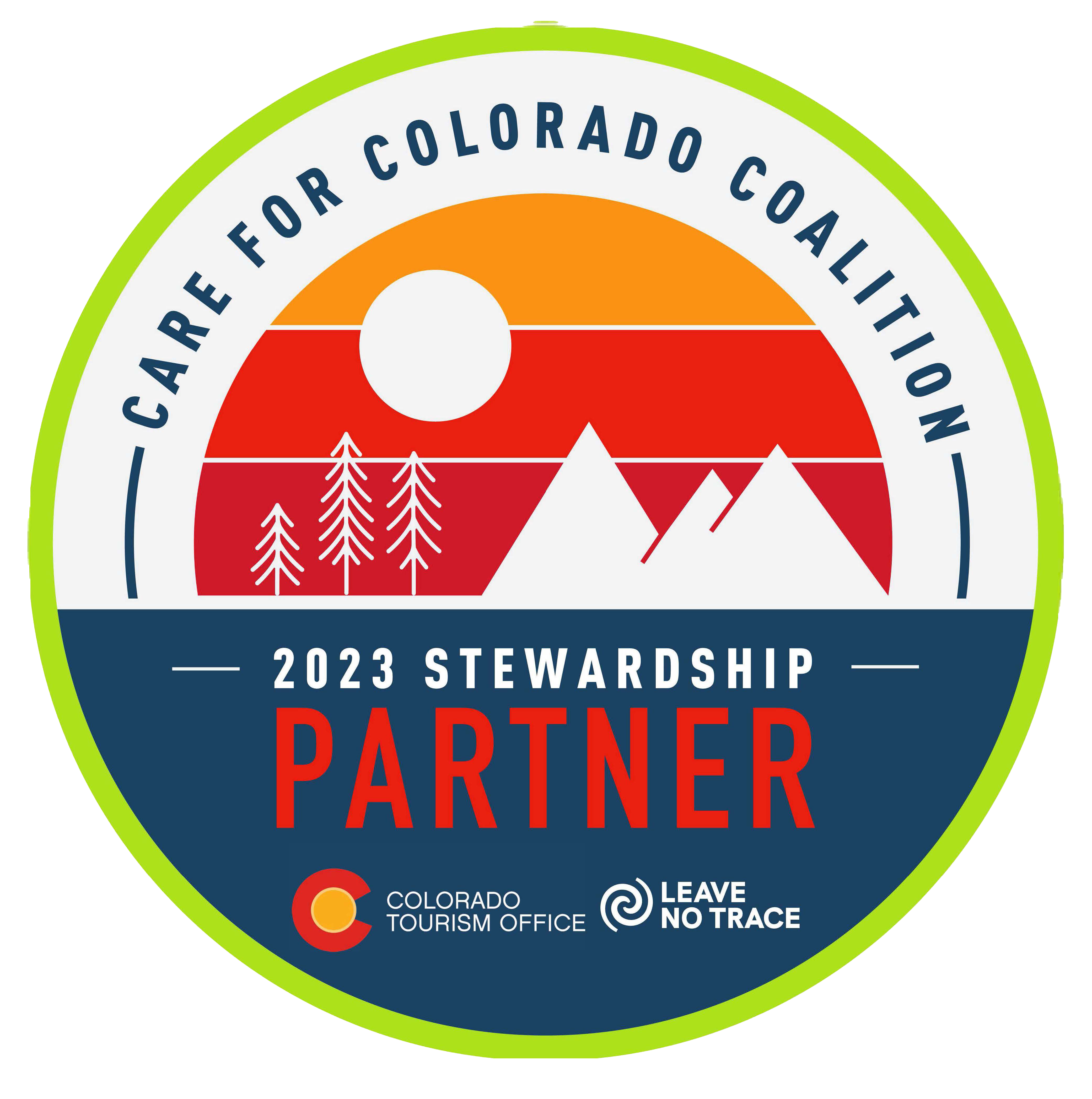Rio Grande- A River Through Desert
Desert sky,
Dream beneath the desert sky,
Rivers run, but soon run dry,
We need new dreams tonight...
U2 - In God’s Country - Joshua Tree Album 1987
A river, by any other name, will still run its course. Humans are similar, not by geography, but by time. Our lives, like rivers, will run their course, but unlike rivers, we can change direction.
How then do we manage our rivers and streams? Our time? (C’est une bonne question!). That is a good question! In French or any other language. This blog post is the result of having attended a community meeting for Revitalizing the Rio Grande, though not so much about the meeting, but more about the “River Big,” as translated from Spanish to English.
Alamosa is a high desert. The annual average precipitation is seven inches. The town and the valley rely on the Rio Grande for water via reservoirs, canals, irrigation ditches, and other ways to distribute water from the river. Due to changes in snowpack every year, quantity and quality of the Rio Grande can vary.
MEETING NOTES: Briefly, the meeting was one of a continuing series of locals brought together by the Trust for Public Land. The goals of the TPL are to help determine the best ways to create parks and protect lands for people, ensuring healthy livable communities for generations to come along the waterways where large populations live. TPL also conserves working farms, ranches and forests; lands of historical and cultural importance; rivers, streams, coasts, and watersheds: and other special places where people can experience nature close at hand. By getting everyone who has an interest in how to best utilize and protect the Rio Grande, will come forth an action plan to be implemented to do the hard work necessary and generate funds to pay for projects. Meetings will continue and the public is encouraged to participate. tpl.org
However, as the meeting showed, numerous people have different ideas, backgrounds and skill sets in forming opinions about how to best go about planning for revitalization of a river through a town for everyone to benefit. Education and information are critical to the process.
To best illustrate water in the west and the fights for that precious juice of the earth, I have my great grandmother’s diary from her time spent as a Methodist missionary in Arizona. This humorous story about water is from Phoenix during the summer of 1888. “Life in Arizona Mission Fields.” Mrs. Margarette Norton (officially published in 1917)
The Salt River Valley is a land of sunshine, fruits and flowers. Vegetation grows luxuriantly, the rainfall is very light, which makes irrigation a necessity. Irrigation ditches run like a network through the streets of the city, the small ditches in the yards being fed from these.
Occasionally we would hear of some ranch man using the water that belonged to his neighbor. I recall an incident that might verify the truth of some of the reports. We were entitled to the water certain days in the week, but for over a week no water had run in the parsonage yard. Finally I discovered that a German, a block south of us was using the water, and that the ditch in front of our yard had been filled with sand and dirt, just at the point where water flowed into the yard. I was alone, so taking the hoe, I dug out the dirt, raised the small irrigating gate and the water flowed back into the yard. I was just congratulating myself when down pounced the German with a shovel and filled up the ditch. I protested, but in vain. At this psychological moment Dr. Adams (a minister from the church) appeared and I explained. Throwing off his coat, he took my hoe and went to work. Without a word those two men worked desperately for a few minutes, one on either side of the ditch; but a ‘man with a hoe’ is no comparison to a ‘man with a shovel’ and the German won. Later, Dr. Adams remarked that if he hadn’t been a preacher, he would have thrashed the German, and I have a very vivid recollection of wishing he had anyway.
Such are the ways of water in the west. How do we keep our rivers from running dry? Who will be the ultimate decision makers over allocations of this precious resource? My great grandmother could have easily been writing about the Rio Grande and the San Luis Valley. Differences of opinion about how to best be stewards of our rivers and streams is up for debate. Solutions can only be achieved by bringing all interested parties together at the table and going through the process of discussions, planning and decisions. Look for Part 2 of this ongoing public process for the Rio Grande in January of 2018.










